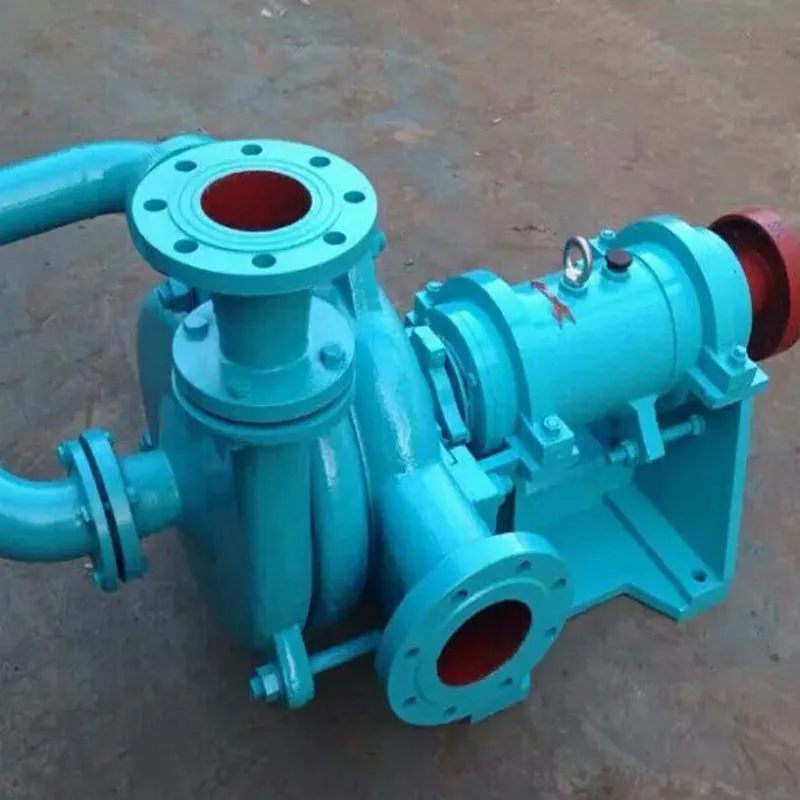English
- Afrikaans
- Albanian
- Amharic
- Arabic
- Armenian
- Azerbaijani
- Basque
- Belarusian
- Bengali
- Bosnian
- Bulgarian
- Catalan
- Cebuano
- Corsican
- Croatian
- Czech
- Danish
- Dutch
- English
- Esperanto
- Estonian
- Finnish
- French
- Frisian
- Galician
- Georgian
- German
- Greek
- Gujarati
- Haitian Creole
- hausa
- hawaiian
- Hebrew
- Hindi
- Miao
- Hungarian
- Icelandic
- igbo
- Indonesian
- irish
- Italian
- Japanese
- Javanese
- Kannada
- kazakh
- Khmer
- Rwandese
- Korean
- Kurdish
- Kyrgyz
- Lao
- Latin
- Latvian
- Lithuanian
- Luxembourgish
- Macedonian
- Malgashi
- Malay
- Malayalam
- Maltese
- Maori
- Marathi
- Mongolian
- Myanmar
- Nepali
- Norwegian
- Norwegian
- Occitan
- Pashto
- Persian
- Polish
- Portuguese
- Punjabi
- Romanian
- Russian
- Samoan
- Scottish Gaelic
- Serbian
- Sesotho
- Shona
- Sindhi
- Sinhala
- Slovak
- Slovenian
- Somali
- Spanish
- Sundanese
- Swahili
- Swedish
- Tagalog
- Tajik
- Tamil
- Tatar
- Telugu
- Thai
- Turkish
- Turkmen
- Ukrainian
- Urdu
- Uighur
- Uzbek
- Vietnamese
- Welsh
- Bantu
- Yiddish
- Yoruba
- Zulu
Telephone: +86 13120555503
Email: frank@cypump.com
Aug . 04, 2024 03:06 Back to list
Understanding the Functionality and Benefits of Ejector Sump Pump Systems for Efficient Water Management
Understanding Ejector Sump Pumps An Overview
In the world of fluid management and drainage systems, ejector sump pumps play a pivotal role. These pumps are a specialized type of sump pump, designed to efficiently remove groundwater and wastewater from basements, crawl spaces, and other low-lying areas where water tends to accumulate. Their unique design allows them to deal with the specific challenges posed by both the volume and type of water they are tasked to manage.
What is an Ejector Sump Pump?
An ejector sump pump, also known as a sewage ejector pump, is a mechanical device used to pump waste fluids and sewage from a lower elevation, such as a basement or underground facility, to a higher elevation where the waste can be discharged into the municipal sewer system. Unlike standard sump pumps which primarily handle clean water, ejector pumps are engineered to manage liquids containing solids, making them vital in residential and commercial environments where wastewater disposal is necessary.
How Does It Work?
The operation of an ejector sump pump is straightforward yet effective. When wastewater accumulates in the sump pit, the pump activates through a float switch mechanism, similar to traditional sump pumps. Once the water level rises to a predetermined height, the pump kicks in and begins to operate.
The ejector pump works by using a combination of mechanical force and hydraulic principles. As water enters the pump, it is mixed with air and then expelled through a discharge pipe – typically positioned at an appropriate height to overcome gravity. This process effectively transports the wastewater out of the low area and into the plumbing system, averting potential problems such as flooding or unpleasant odors.
Key Applications
Ejector sump pumps are commonly found in residential settings, particularly in homes with basements, as well as in commercial properties such as restaurants and multi-story buildings. Their primary applications include
ejector sump pump

1. Sewage Management They effectively handle waste from toilets, showers, sinks, and washing machines, preventing backflow and clogs in drainage systems. 2. Flood Prevention In areas prone to flooding, ejector pumps are crucial in keeping basements and lower levels dry, minimizing water damage and mold growth.
3. Wastewater Transport In facilities where gravity alone cannot efficiently transport wastewater, ejector pumps provide the necessary lift to convey waste to the main sewer line.
Advantages of Ejector Sump Pumps
Ejector sump pumps offer several advantages, including
- Efficiency They can manage large volumes of wastewater, ensuring quick removal to avoid buildup and related issues. - Versatility Suitable for a variety of applications, ejector pumps can handle mixed waste, including solids and liquids.
- Protection against Backflow They are equipped with check valves that prevent backflow, maintaining a clean and functional plumbing system.
- Reduced Maintenance Costs Investing in a reliable ejector sump pump can lead to lower long-term maintenance costs by preventing blockages and other sewage-related issues.
Conclusion
Ejector sump pumps are an essential component of modern plumbing systems, particularly in areas vulnerable to water accumulation. Their ability to efficiently manage wastewater and sewage safely makes them a critical tool for both residential and commercial properties. By understanding the importance and functionality of ejector sump pumps, property owners can make informed decisions about their drainage systems, ultimately ensuring a cleaner and more efficient environment. Whether dealing with seasonal flooding or routine wastewater management, an ejector sump pump can provide peace of mind and protection against the challenges posed by excess water.
-
ISG Series Vertical Pipeline Pump - Chi Yuan Pumps Co., LTD.|Advanced Hydraulic Design&Energy-Efficient Solutions
NewsJul.30,2025
-
ISG Series Vertical Pipeline Pump - Chi Yuan Pumps Co., LTD.
NewsJul.30,2025
-
ISG Series Vertical Pipeline Pump - Chi Yuan Pumps Co., LTD.|energy-efficient fluid handling&industrial durability
NewsJul.30,2025
-
ISG Series Vertical Pipeline Pump - Chi Yuan Pumps | Advanced Engineering&Industrial Efficiency
NewsJul.30,2025
-
ISG Series Pipeline Pump - Chi Yuan Pumps | High Efficiency, Energy Saving
NewsJul.30,2025
-
ISG Series Vertical Pipeline Pump-Chi Yuan Pumps|High Efficiency&Reliable Performance
NewsJul.29,2025










